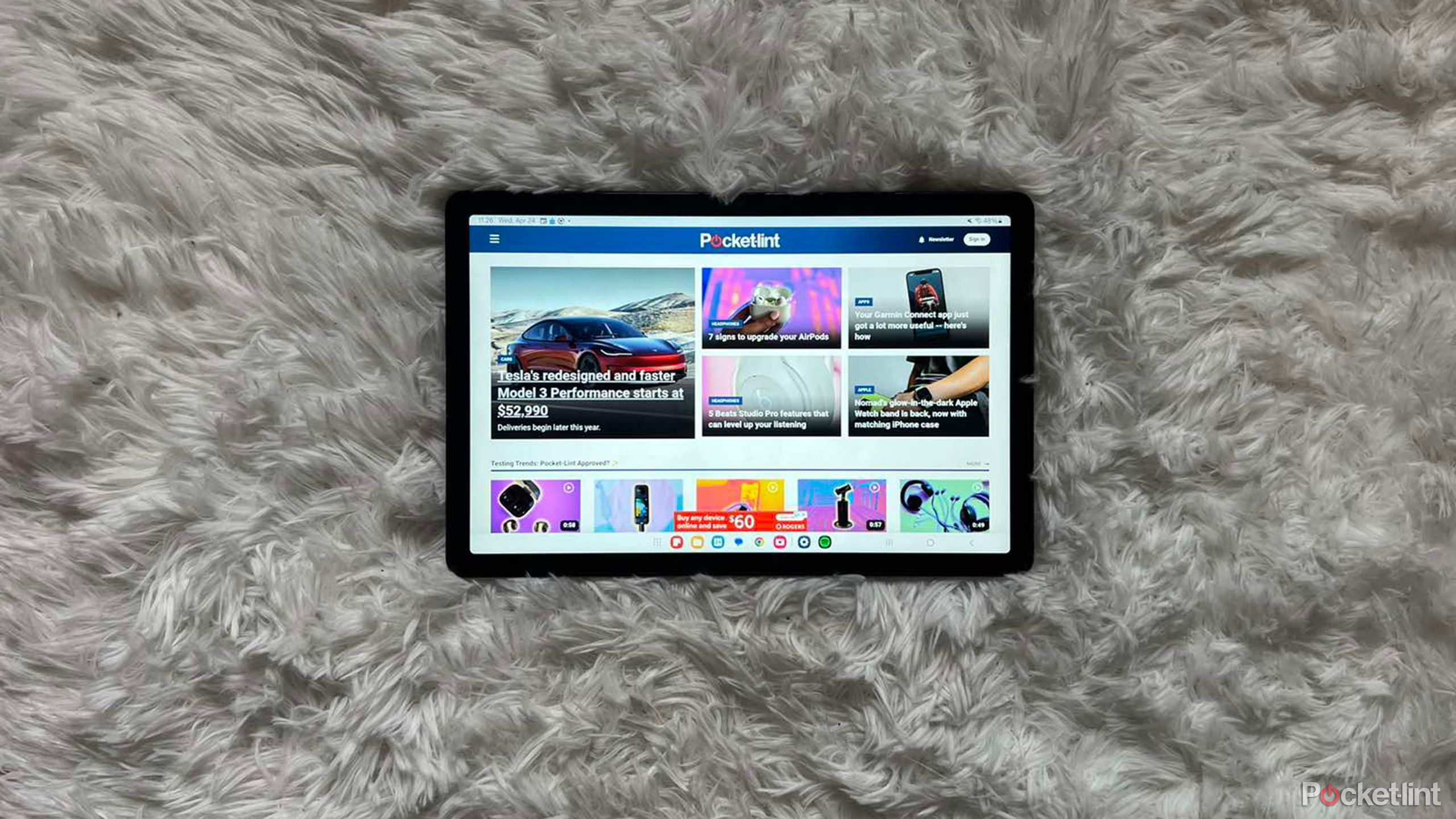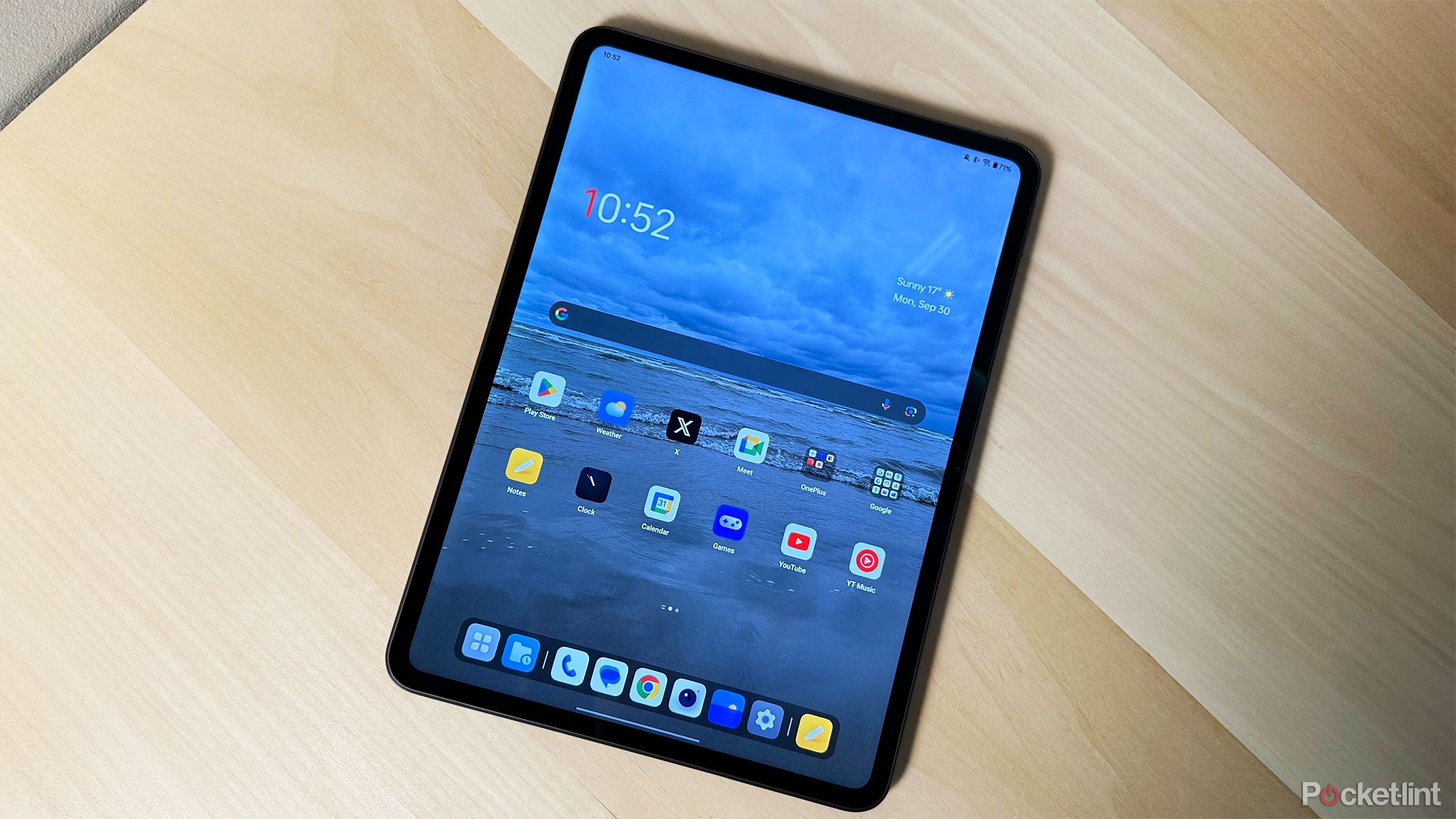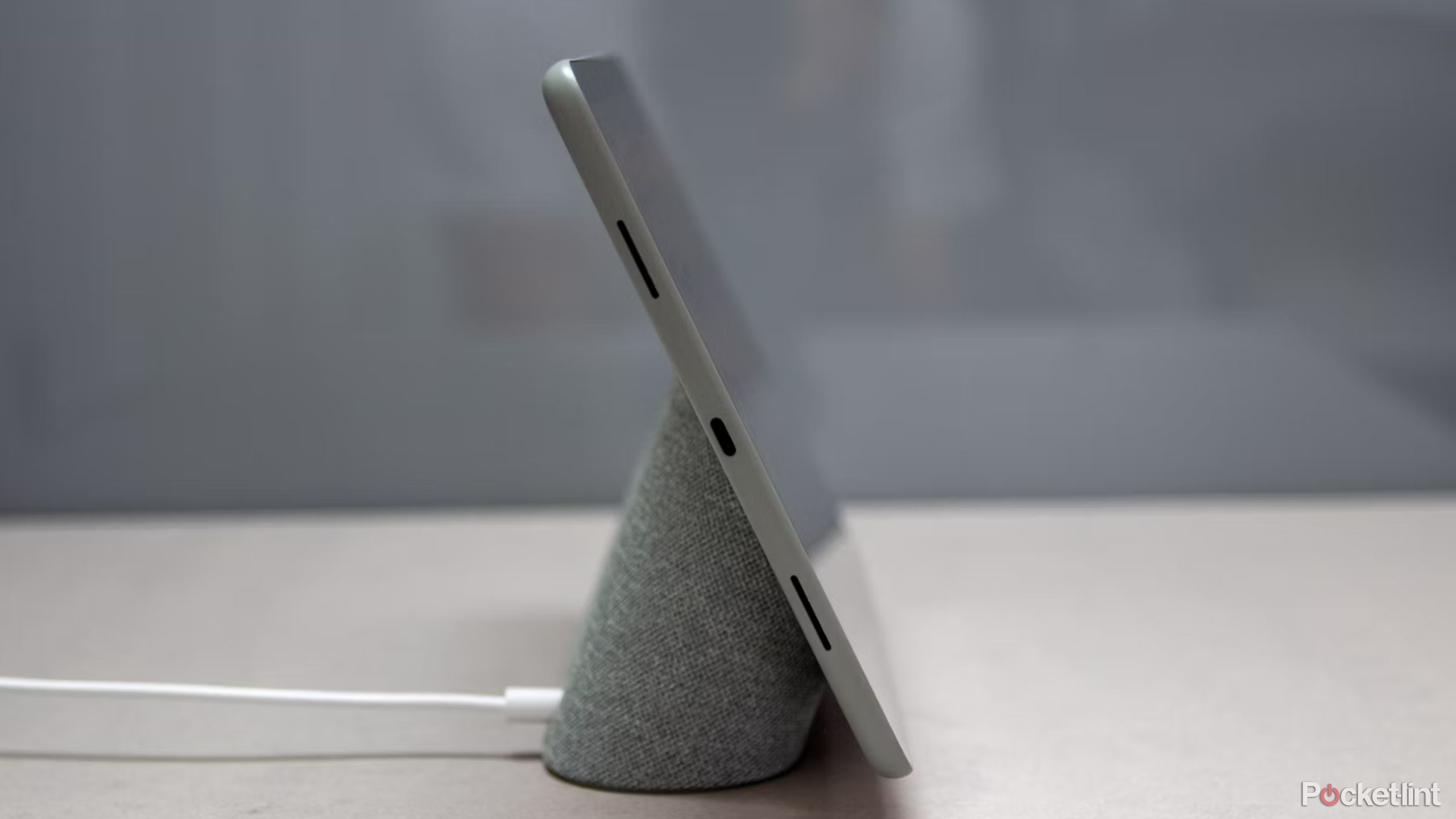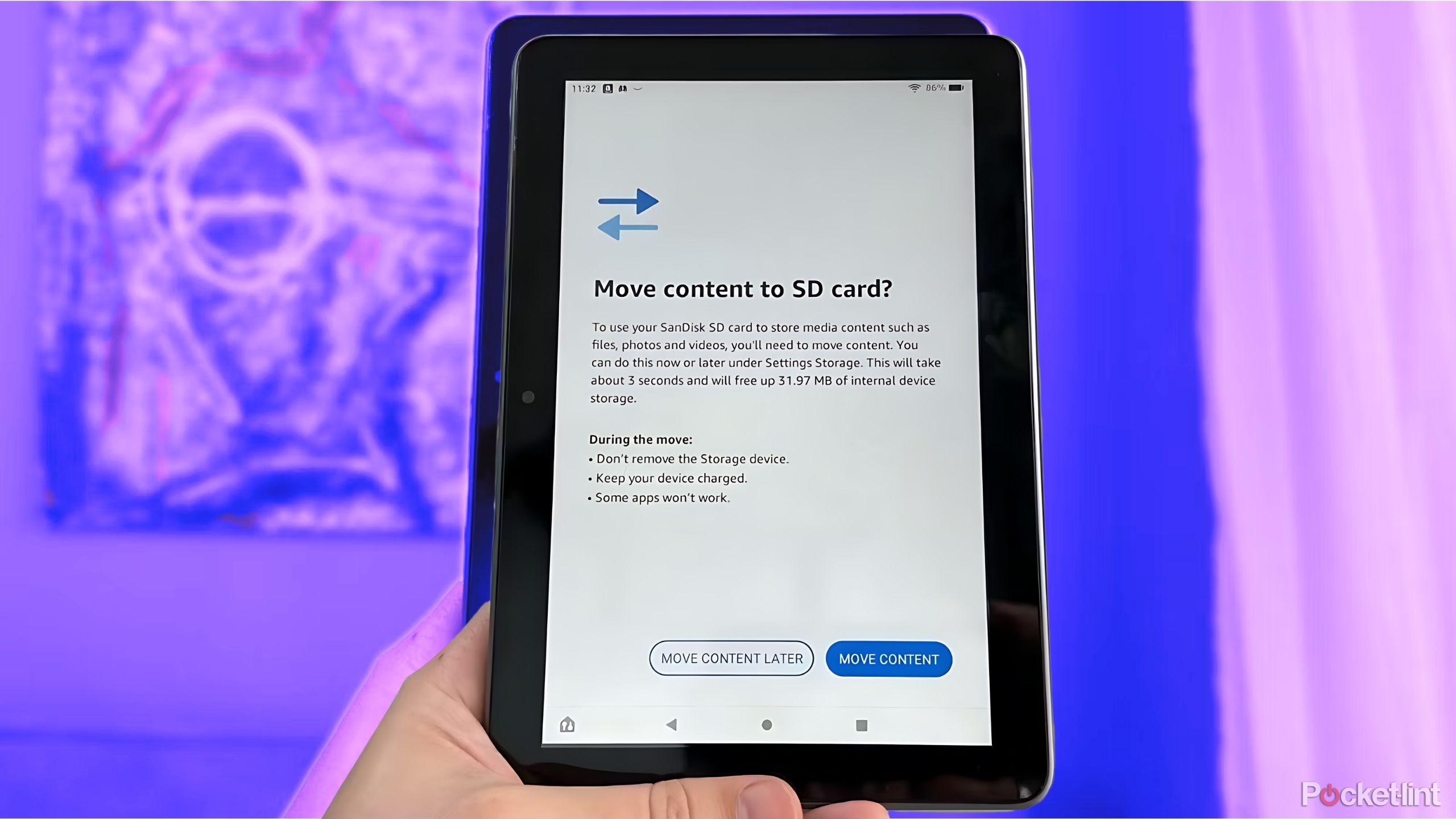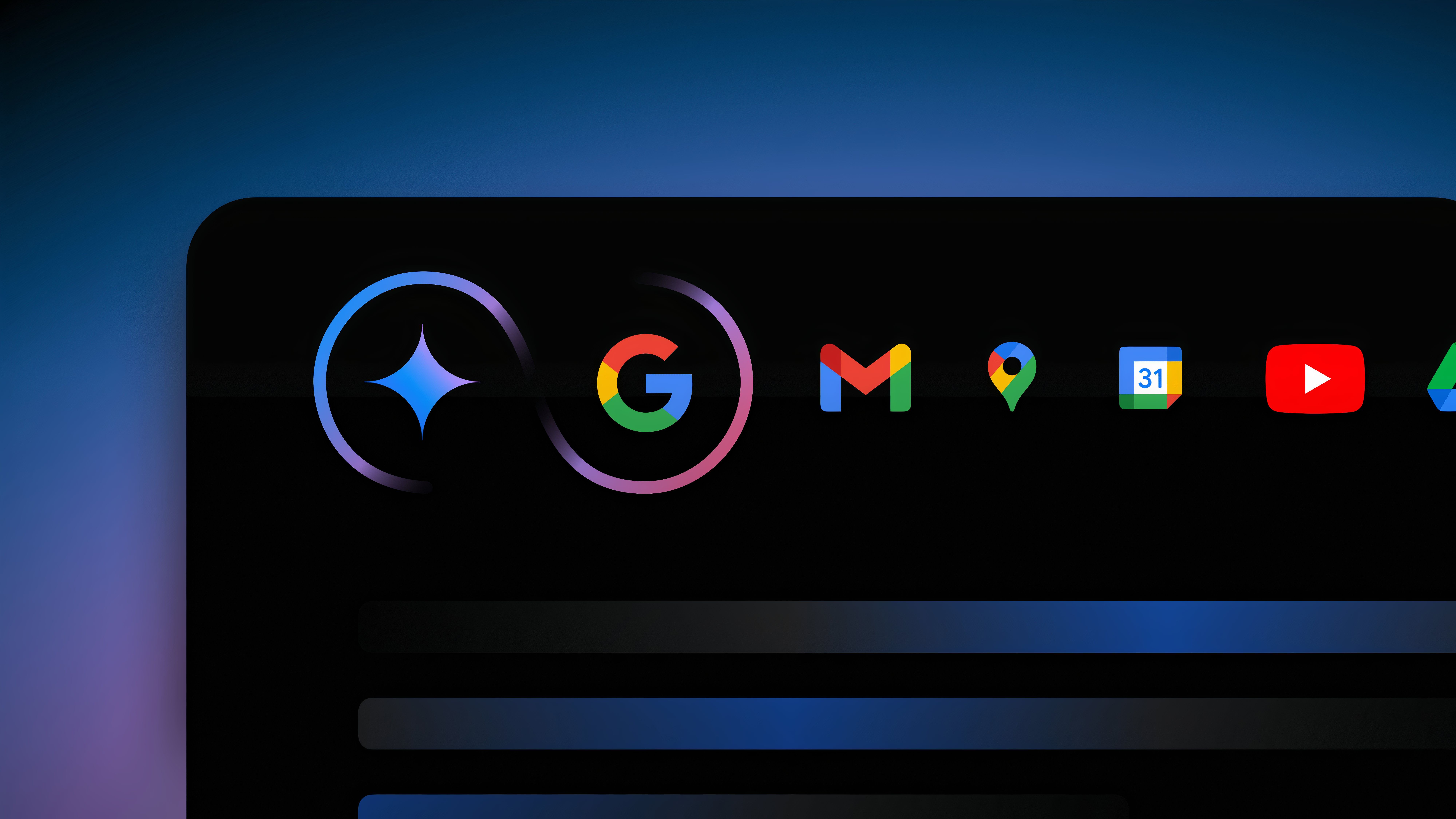Summary
- Android tablets are often cheaper than equivalent iPads, with a more diverse range of features and specs. You simply can’t buy a new iPad for less than $349.
- Android also offers more customization and app support than iPadOS, since it’s not as heavily sandboxed.
- You can add huge amounts of storage to a tablet for less if you can find an Android model with a microSD slot.
I enjoy
iPads
. I’ve owned several — my first was the
often-maligned iPad 3
, followed by the original iPad Air, and then its successor. Right now, I have a 2020 iPad Pro, which is still holding up despite being the last major model to use an A-series processor. I probably won’t replace it anytime soon. If I do, I’ll probably shoot for a non-Pro model.
I’ve used Android tablets as well, however, and in fact I’m currently testing an Android-based e-ink device, the
Boox Note Air4 C
. I feel like Android in general is an underrated option — for what most people do with tablets, there’s no need to skew towards Apple automatically. I’ll explain.
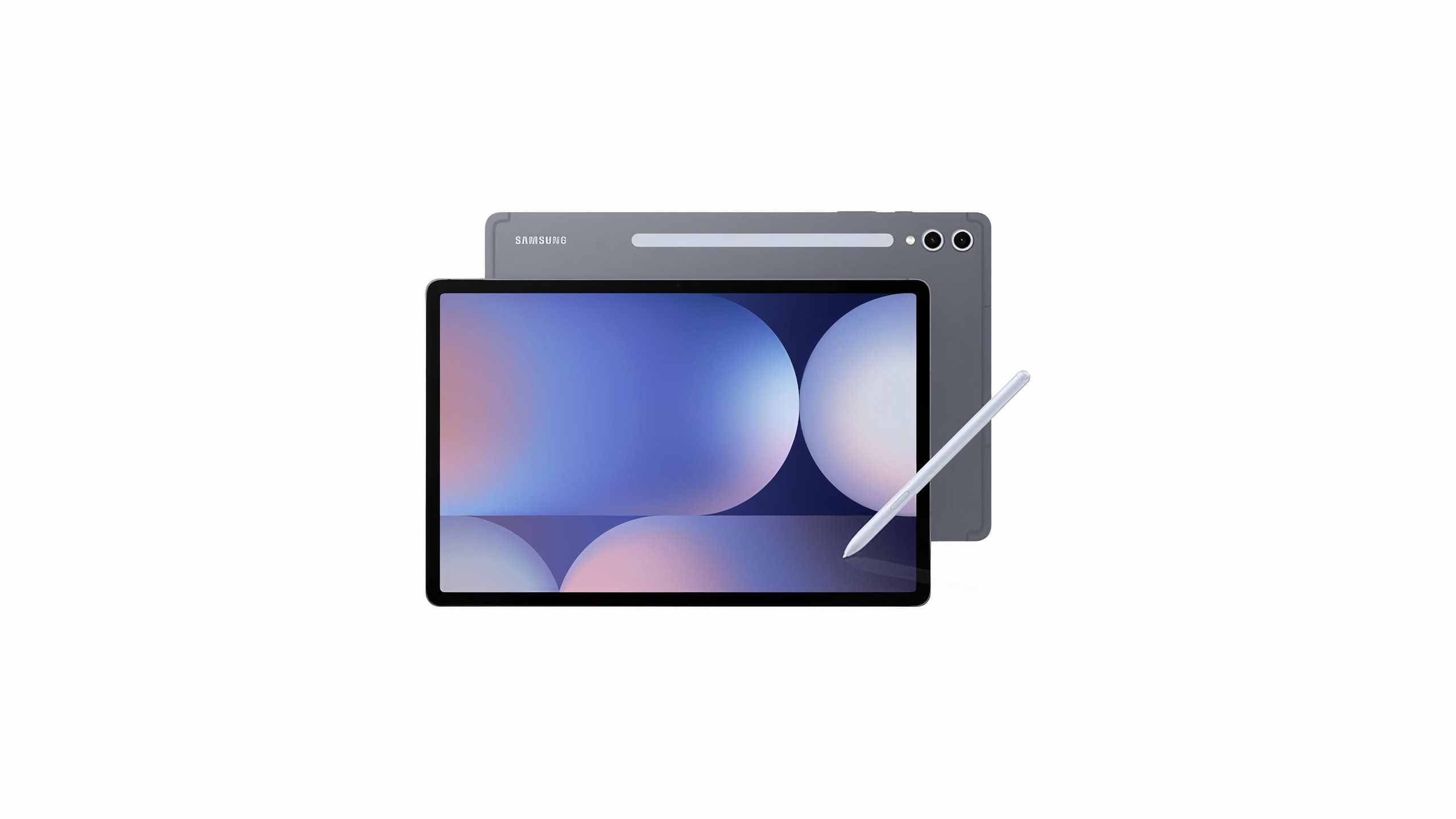
Samsung Galaxy Tab S10+ Plus
$850 $1000 Save
$150
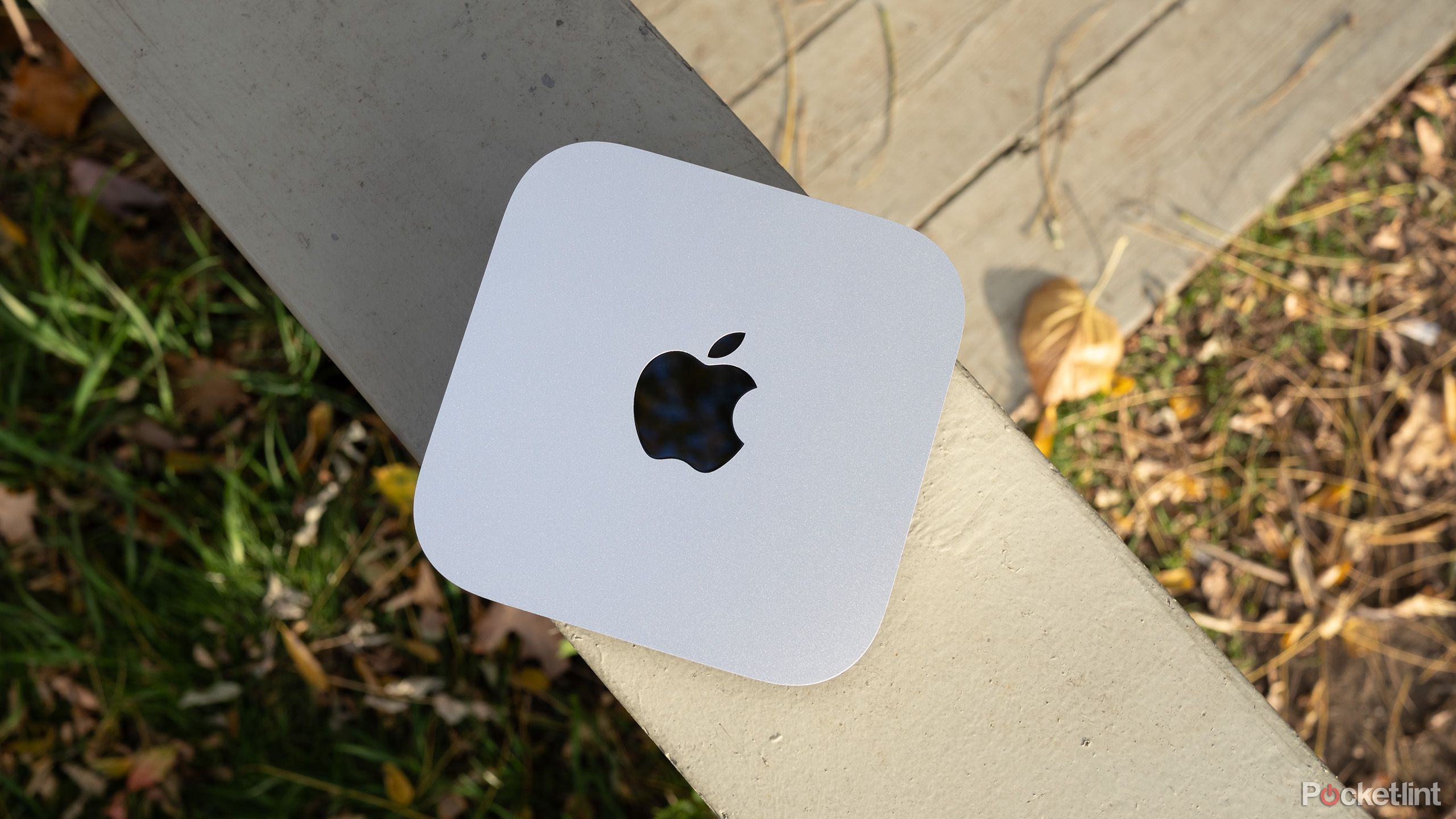
Related
4 reasons to get a desktop Mac over a MacBook
Portability doesn’t always beat the power of a desktop.
1
Android tablets often do the same things for less money
Do you really need to spend laptop prices?
You can, if you want, spend just as much on an Android tablet as you would on an iPad. But if you’re mostly interested in web browsing, email, reading, and watching videos, you can potentially save hundreds of dollars by going the Android route. Something like the Samsung Galaxy Tab A9+ is just $160, with features even Apple’s cheapest iPad is missing, like a microSD card slot and facial recognition.
I’d suggest bumping up to something more powerful if you want to play 3D games or get some serious work done — but you might prefer a laptop or a Steam Deck for those things anyway.
Be careful when shopping. Because just about any company can license Android, quality varies wildly from brand to brand, and sometimes even within the same brand. If you’re in North America, it’s best to stick to models from Samsung, Google, OnePlus, or Amazon — in roughly that order.
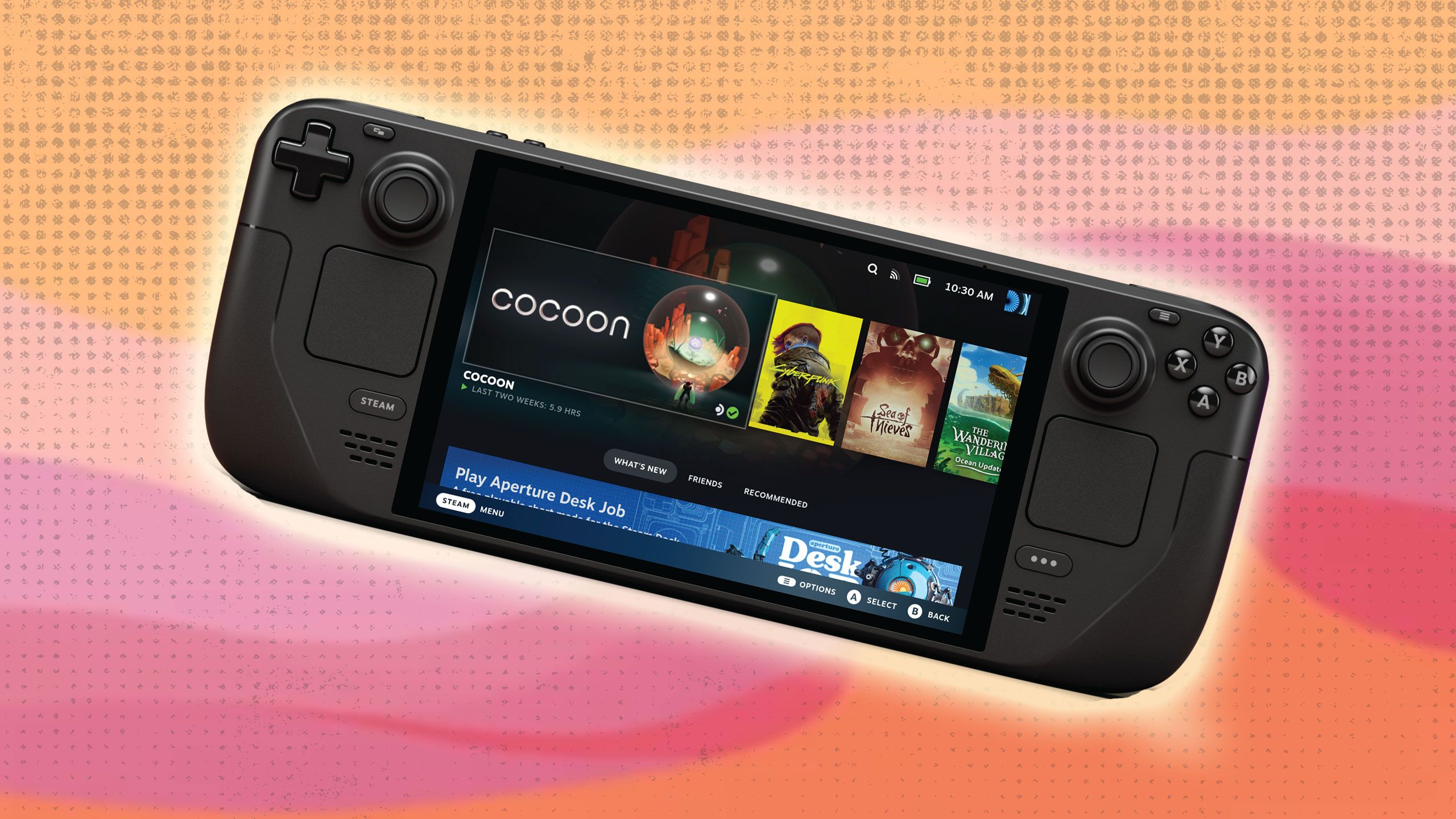
Related
Should you get an LCD or OLED Steam Deck?
It’s mostly a question of budget and how diehard you want to be.
2
Android is more customizable and flexible
For now, anyway
Realistically, most people don’t need the extra customization and app support that Android provides. Your productivity isn’t going to skyrocket with custom fonts, colors, or icons, and the most important apps (and app types) on Android are usually also available for iPads,
Fortnite
notwithstanding. That includes emulators, despite the tech existing in a legal gray area. Android and iPadOS are becoming more and more homogenous every year.
That said, Android still has an edge, simply because iPadOS is heavily sandboxed by Apple — the company is terrified of apps breaching privacy and security, or violating the overall design scheme it’s aiming for. Never mind that Macs enable greater flexibility without anyone complaining. If you want to make a tablet unmistakably “yours,” you’ll probably prefer Android.
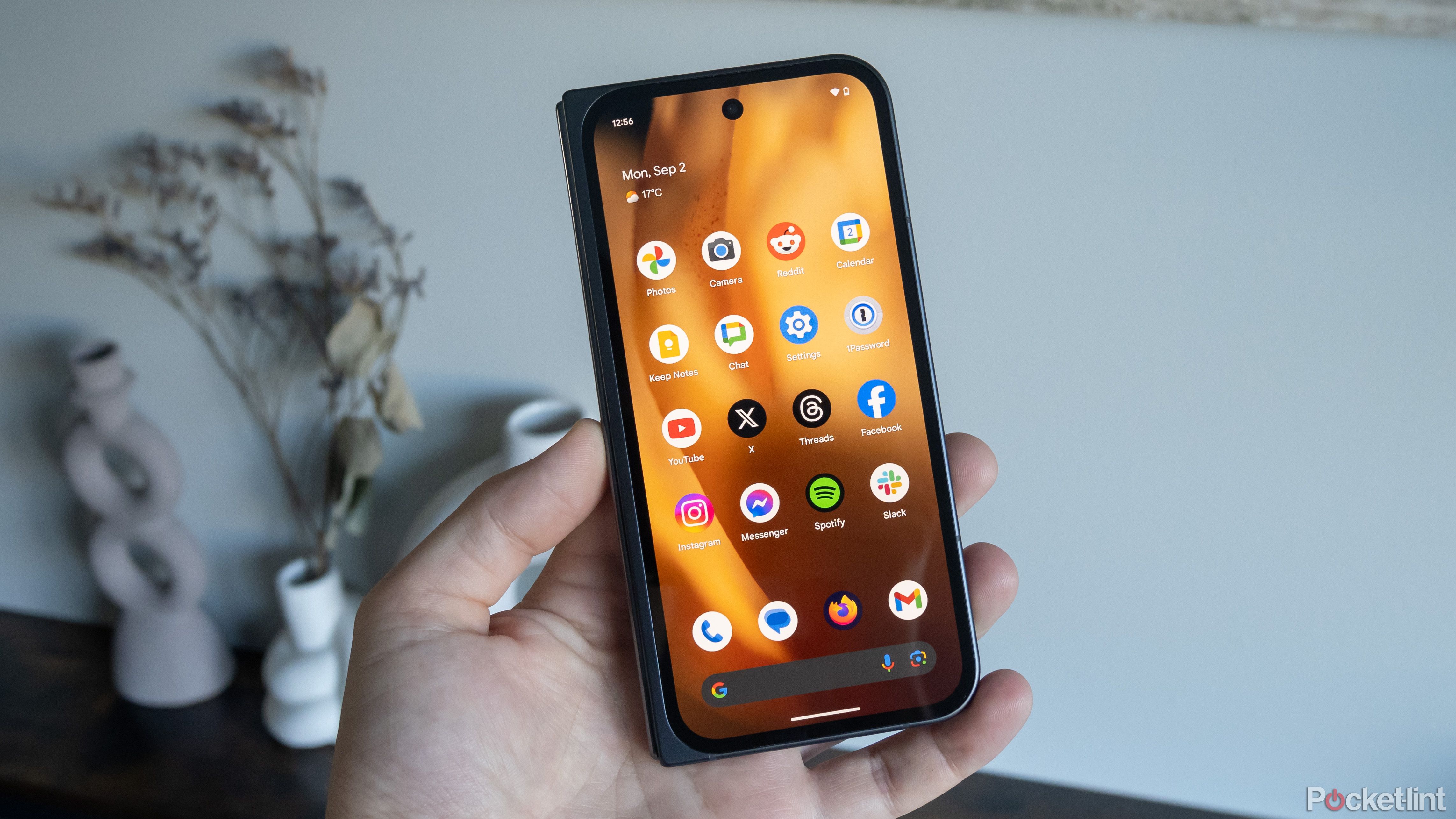
Related
How to download Android apps outside of the Google Play Store
It’s usually best to stick to well-known app stores, but there are legitimate reasons to skip Google’s.
3
There’s a broader choice in hardware specs
Different strokes for different folks
It stands to reason that a single company can only produce so many tablet models, based on its priorities, abilities, and resources. That’s not a slag against Apple — it’s just a reality of the industry.
Since Android is an open-source platform supported by many companies, you’re more likely to find a tablet that matches both your budget and use case. Indeed, Android devices sometimes do things that no iPad can — Google’s Pixel Tablet doubles as a
smart home
display when attached to its speaker/charging dock. And there’s no such thing as an iPad with e-ink, even though one of the selling points of the original iPad was reading books and magazines. Devices like the Samsung Galaxy Z Fold 6 are both phones and tablets.
Things could get interesting after the first foldable iPhone arrives. But for now, there’s more hardware diversity in the Android world.
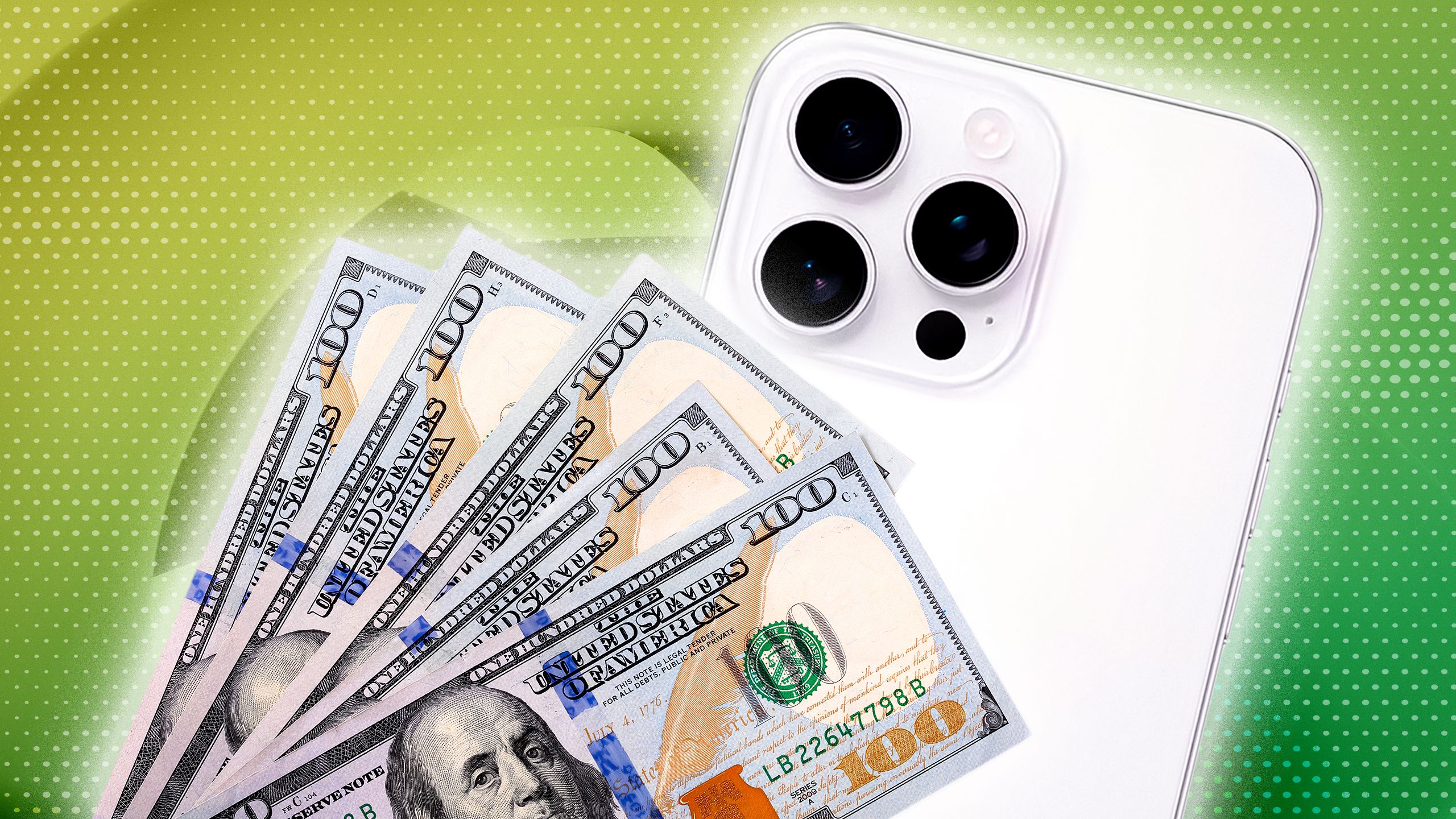
Related
You probably won’t be able to afford a folding iPhone
Quality costs money, but ultimately, people are only willing to pay so much.
4
Expandable storage matters
Why is there no card slot on my iPad Pro?
I touched on this earlier, but I want to emphasize the value of microSD slots. They’re not in every Android tablet, but they’re simply non-existent in iPads, even top-of-the-line configurations of the iPad Pro.
Some people might consider microSD cards a relic, yet they’re a more affordable way of achieving desktop levels of storage. On Amazon, for instance, you can buy a decent (if unspectacular) 1TB microSD card for $70 — that’s a lot of room for music, documents, photos, and videos, which you can then shuttle to any other device with a microSD reader. If you don’t need portability, you can even format a card as an extension of your internal storage, opening up more room for apps.
With iPads, you’re stuck with however much storage you initially selected. And Apple charges a massive premium for higher storage tiers — a 128GB iPad Air starts at $599, but jumps to $1,099 merely by choosing the 1TB option. It doesn’t cost $500 to insert a better storage chip, I’ll tell you that.
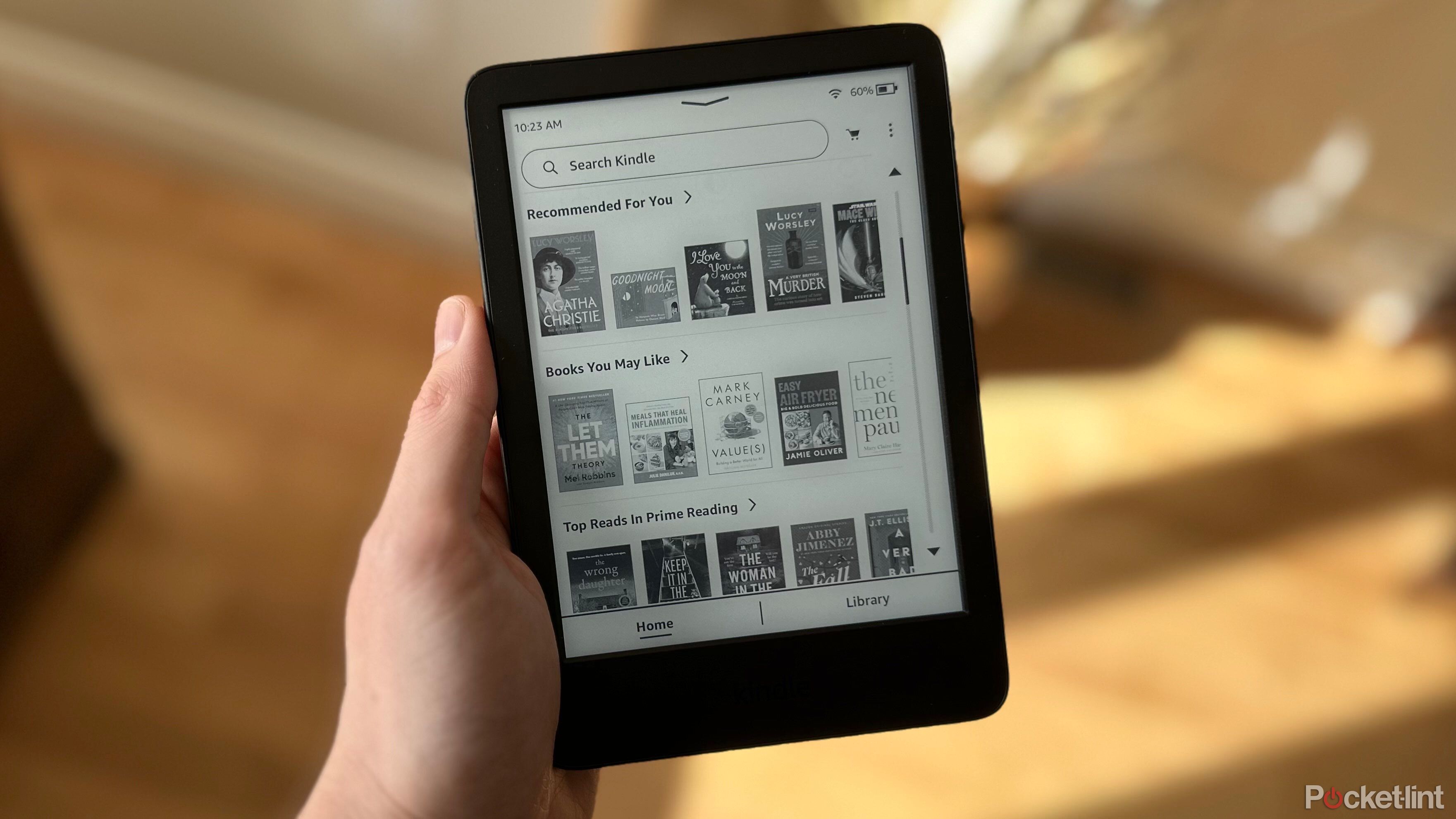
Related
Should you upgrade to the latest Kindle generation?
For some people, it’s may a question of switching models, not just getting something newer.
5
Google Gemini is better than Apple Intelligence
For the foreseeable future
The value of generative AI is questionable. I know someone who uses it every day, but other people — including myself — often find that it’s a gimmick, and an unreliable one at that if you need to conduct serious research. I might use AI answers as a starting point, but I’m not going to treat something as fact just because it popped up in an AI summary. Large language models are still too prone to hallucinations.
Within the limits of current tech, Google Gemini is definitely the superior AI platform. It does more, in more apps and services, and can answer complex questions itself. Siri is still based on traditional AI, at the moment — its generative overhaul isn’t expected to happen until 2026. If you ask it a difficult question, it kicks it over to
ChatGPT
, assuming your iPad is even compatible with Apple Intelligence in the first place. You’ll need an iPad with an M-series or A17 Pro processor for that.
It might be telling that while sandboxing limits its capabilities, the Gemini iPhone app runs on a wider range of Apple devices — even iPads dating back to 2017. Clearly, Apple could be doing things better if you care about AI.

You might also like
Everything you need to know about PEVs, or personal electric vehicles
You can use PEVs to explore, run errands, or speed up your commute.





